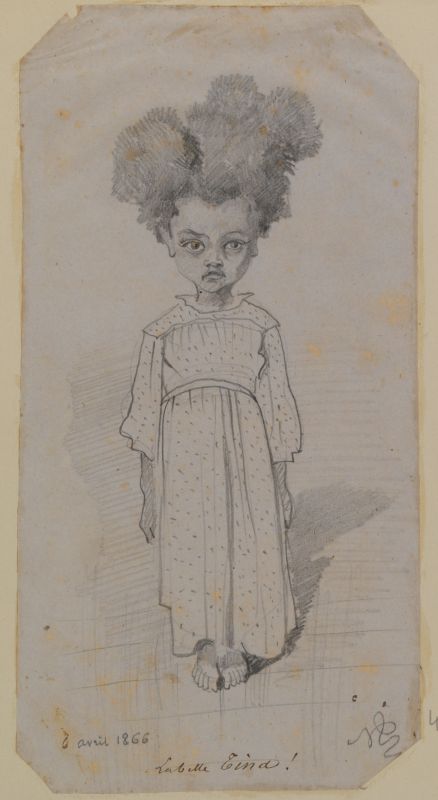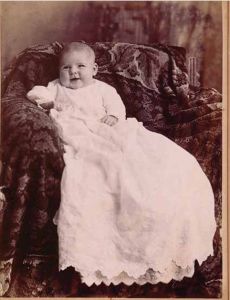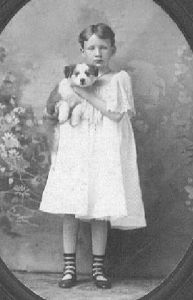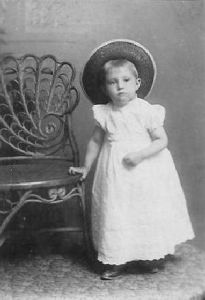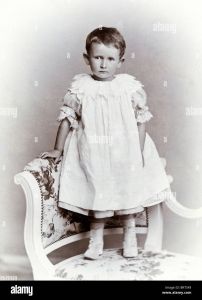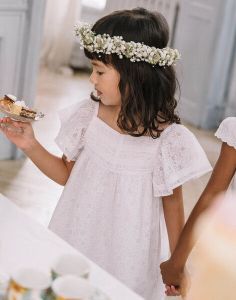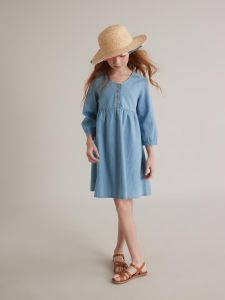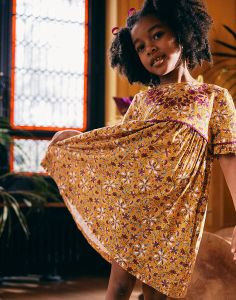Elise, Lucie, et Tina
Analysis of three young girls in dresses, in three illustrations by Hippolyte Charles Napoléon Mortier, the Duke of Trevise (whom we have already presented in A citizen of 1848)
Hippolyte Charles Napoléon Mortier de Trévise, maliciously drew them between 1861 and 1866, when he stayed in the house of his brother-in-law, Denis-André Le Coat de K/Véguen, just after his marriage to Emma, a rich heiress.
The artist, who was also a landowner and close to the circle of courtiers around Napoleon III and his wife, Eugénie de Montijo, gives them a sulky look, which is not without realism. The young ladies are the granddaughters of Victorine, the "old lady" as the author of these sketches calls her. They were born in the Habitation Le Coat de K/Véguen, in Les Casernes (Saint-Pierre de la Réunion), after the abolition of slavery, and are no doubt learning to be future servants
All three wear the same model of dress, sewn on the same pattern, probably by a domestic employee of the family. Perhaps their mother? Victorine's daughter?
The fabric seems to be that particular guinea cloth known as Guinguan: Elise and Lucie wear the checked version, and Tina, a polka-dot or dotted swiww fabric version.
 Fine cotton cloth, originally imported from India
Fine cotton cloth, originally imported from India
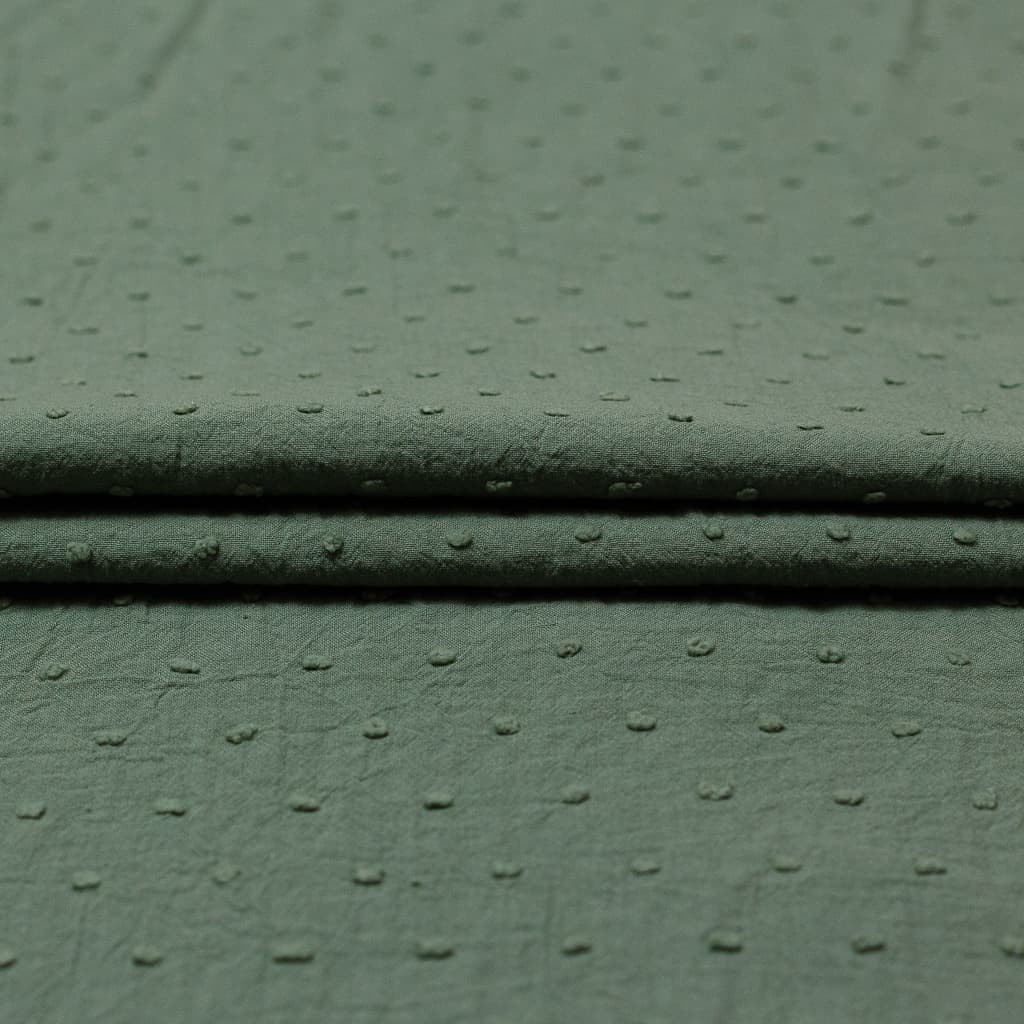 Dotted Swiss is a sheer cotton fabric embellished with small dots. It is a fine, lightweight plain weave cotton fabric, ornamented with embroidery or flocking with dotted patterns (definition on wikipedia)
Dotted Swiss is a sheer cotton fabric embellished with small dots. It is a fine, lightweight plain weave cotton fabric, ornamented with embroidery or flocking with dotted patterns (definition on wikipedia)

Elise

Lucie

La belle Tina
These three portraits of little girls are kept in the Archives départementales de La Réunion.
Interesting details of the dress
If some aspects seem particularly technical, don't worry: an article will be dedicated to each reconstructed garment, where we will show you these characteristics in pictures
A yoke is defined as: "A piece of fabric, usually cut to shape, attached to the upper or lower part of a garment or undergarment to support the gathers or folds"
The illustration shows this piece of fabric, sewn to the shoulders.
This yoke is decorated with a small ruffled collar, which facilitates the sewing. Indeed, in a "classic" garment, the part close to the collar is doubled with a trimming, which consumes more fabric since the yoke is cut twice (inner yoke, and outer yoke)
Translated with www.DeepL.com/Translator (free version)
Un autre méthode de finition serait avec un biais, défini comme : bande de tissu coupé dans la diagonale d'un tissu par rapport à la direction des fils (cnrtl)
L'avantage du biais est qu'il donne une élasticité intéressante, facilitant la couture et étant plus agréable à porter. Mais...pour couper cette bande de tissu en diagonale, cela implique beaucoup de chutes de tissu...
It is likely that, for the sake of simplicity and speed of execution, the bodice and skirt are made as a single element: a rectangle.
This rectangle is adjusted to the width of the yoke by gathers, while the fullness is kept for the skirt.
In this case, the belt is added so that the fullness of the dress does not hinder movement.
The sleeves may also be a rectangle, (or a piece of cloth slightly flared upwards), and tightened at the wrist by a small piece of cloth, closed by a button.
Both the sleeves and the length of the dress are measured so as not to impede movement in any way: the girls work in the Habitation.
Like many workers on the properties of the Société Le Coat de K/Véguen (for example, in the south of Reunion Island, the Habitation-sucrerie des Casernes, in Saint-Pierre, or in the Hauts du Tampon, in Bel-Air, another Habitation-sucrerie), the girls went barefoot.
Putting on shoes is a privilege of the wealthy: it is expensive.
Other examples of this garment
It is interesting to note that this type of dress does not only exist in the period we are studying, but is also found in earlier and later documents.
We can imagine several explanations for its popularity:
- its ease of being sewn
- its comfort for the adults looking after the child (especially when changing nappies)
- its ease for the child who wears it (a child whose sex is of no importance, as shown in the selection of turn-of-the-century photos of young boys below)
This piece still exists today, but there has been a gender shift: as it was less popular to make men wear dresses or skirts, it is the girls who have recovered this piece in their wardrobe, as the small selection below shows
What to remember
The three little girls wear dresses that were common for that time, with a simplicity of style that allowed the adults to sew them a garment easily and quickly. This allows them to work for a family in sufficiently elegant fashion, without being hampered by an overly elaborate cut or excess fabric.
Despite their sulky looks, they are perhaps better off than the children of the indentured labourers, who have to help in the fields or in the factory, barely dressed in the same blue Guinea cloth. This is the case of these "Négrillons", represented in the watercolours of Jean-Baptiste Louis DUMAS, done a little earlier, in 1827.








